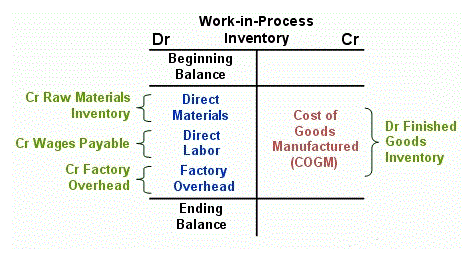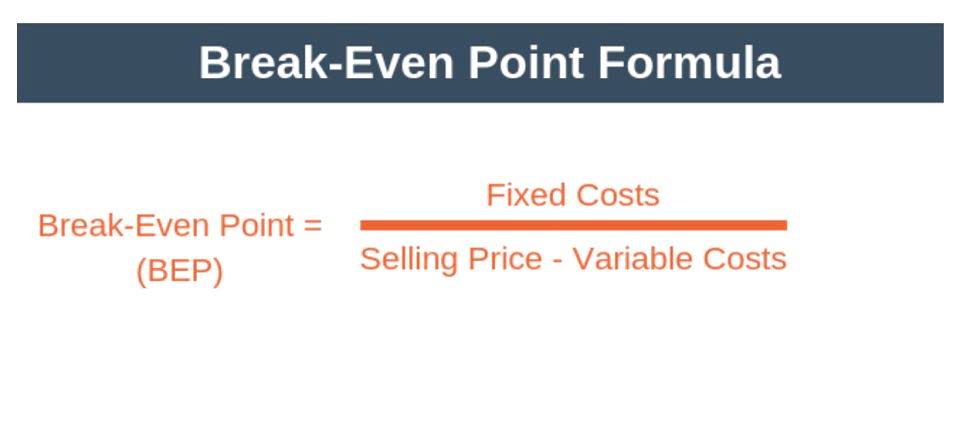
Nigel Sapp is a content marketer at Numeric, partnering with top accountants to break down best QuickBooks practices, thorny accounting topics, and helping teams navigate the world of accounting tech.
Step 1: Compare Balances

The purpose of preparing a bank reconciliation statement is to reconcile the difference between the balance as per the cash book and the balance as per the passbook. NSF checks are an item to be reconciled when preparing the bank reconciliation statement, because when you deposit a check, often it has already been cleared by the bank. But this is not the case as the bank does not clear an NFS check, and as Bookstime a result, the cash on hand balance gets reduced.
Why is it important to reconcile your bank statements?
Regular bank reconciliation saves you from having to review a full year of financial records—instead, you can quickly consult your reconciliation statements to review any required information. An NSF (not sufficient funds) check is a check that has not been honored by the bank due to insufficient funds in the entity’s bank accounts. This means that the check amount has not been deposited in your bank account and hence needs to be deducted from your cash account records. Match the deposits in the business records with those in the bank statement. The more frequently you do a bank reconciliation, the easier it is to catch any errors.

Bank Statement – Timing Differences
This allows accounting teams to focus on strategic financial planning rather than manual data entry. Bank reconciliation helps to identify errors that can affect estimated tax payments and financial reporting. The reconciliation statement allows the accountant to catch these errors each month. The company can now take steps to rectify the mistakes and balance its statements. After you have matched all records and made the necessary adjustments, you will have to confirm that the end balances are the same. If they are still unequal, the process will have to be repeated to pinpoint the errors.

When your balance as per the cash book does not match with your balance as per the passbook, there are certain adjustments that you have to make in order to balance the two accounts. In addition, there may be cases where the bank has not cleared the checks, however, the checks have been deposited by your business. Banks take time in clearing checks, so the bank needs to add back the check’s amount to the bank balance. At times, your business may either omit or record incorrect transactions for checks issued, checks deposited, or the wrong total, etc. At times, the balance as per the cash book and passbook may differ due to an error committed by either the bank or an error in the cash book of your company. There are times when your business will deposit a check or draw a bill of exchange discounted with the bank.
- If a company has more than one bank account in the same or different banks, it will receive multiple bank statements for each account.
- The bank reconciliation process plays a pivotal role in producing accurate financial statements as well as establishing solid cash flow management.
- Simply match each transaction from your bank statements with the corresponding entry in your general ledger, and look for anything that doesn’t line up.
- Double-check that everything is complete and accurate so there are no surprises later on.
- Thus, the deposit does not appear on a bank statement for the month ended May 31.
- An online template can help guide you, but a simple spreadsheet is just as effective.
- Manual reconciliation can be time-consuming and error-prone, but tools like Sheetgo can automate and streamline this process.
- Nowadays, all deposits and withdrawals undertaken by a customer are recorded by both the bank and the customer.
- For teams looking to move away from a manual reconciliation process, close automation accounting software is key.
- Only demand CDs that may be withdrawn at any time without prior notice or penalty are included in cash.
- In addition to this, the reconciliation process also helps keep track the occurrence of fraud, which can help you control your business’ cash receipts and payments.
Most reconciliation modules allow you to check off outstanding checks and deposits listed on the bank statement. You’ll need a few items to perform a bank reconciliation, including your bank statement, internal accounting records, and a record of any pending cash transactions (either inflows or outflows). Banks often issue service charges for various services like wire transfers or account maintenance. To reconcile them, deduct any service fees from your book balance while adding any interest income. Next, dive into your bank statement to find transactions not yet reflected in your company’s books.

Direct Payments
When preparing a bank reconciliation statement, a journal entry is prepared to account for fees deducted. For some companies, though, preparing the bank reconciliation again may not be an option. Once these figures are verified, the company can safely assume the error is somewhere in the bank charges or small amounts. Therefore, it can expense out the difference without any consideration to what may have caused it.
- After fee and interest adjustments are made, the book balance should equal the ending balance of the bank account.
- However, there can be situations where your business has overdrafts at the bank, which is when a bank account goes into the negative as a result of excess withdrawals.
- Also, when transactions aren’t recorded promptly and bank fees and charges are applied, it can cause mismatches in the company’s accounting records.
- Preparing bank reconciliation requires companies to follow a 5-step process.
- Look back at how this year’s year-end close went, pinpoint areas where things could be smoother, and set some goals for next year’s process.
- Keep in mind, a bank account is an asset to the company BUT to the bank your account is a liability because the bank owes the money in your bank account to you.
Adjustments to the Cash Account
- A deposit in transit is money that has been received and recorded in the cash book but has not yet been processed by the bank.
- Take the time to evaluate what worked well and what could be better, so next year’s close feels like less of a challenge.
- To quickly identify and address errors, reconciling bank statements should be done by companies or individuals at least monthly.
- If you want to prepare a bank reconciliation statement using either of these approaches, you can use the balance as per the cash book or balance as per the passbook as your starting point.
- Companies perform bank reconciliation at regular intervals, usually at the end of each month.
In the past, monthly reconciliations were the norm because banks used to issue paper statements on monthly basis. Bank reconciliations should be performed at least at the end of each month, or more often in a business with a large number of transactions. More frequent reconciliations, weekly or daily, increase efficiency as there are fewer transactions to process at any one time and issues are detected sooner. Prepare a bank reconciliation statement for Company A as of 30 September 20XX.
Transposition error
Since the bank statement balance according to the bank reconciliation matches the bank balance in the bank statement, the reconciliation can be considered correct. After all reconciliation adjustments, the final correct cash balance captured in the company accounting records and on its balance sheet as at 30 September 20XX was which of the following is not a step in preparing a bank reconciliation? $2,000. When your business receives checks from its customers, these amounts are recorded immediately on the debit side of the cash book so the balance as per the cash book increases. However, there may be a situation where the bank credits your business account only when the checks are actually realised.

Recent Comments